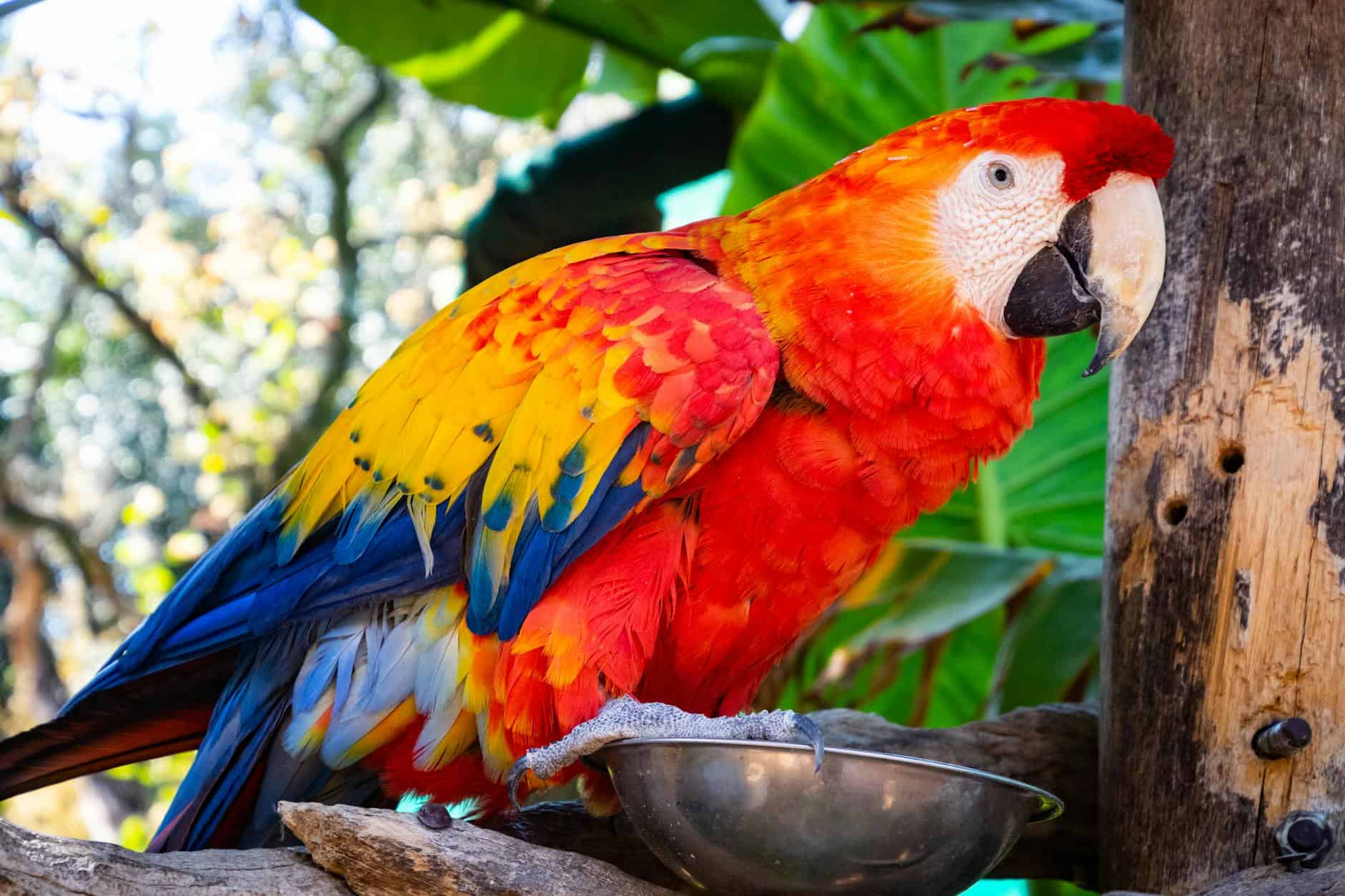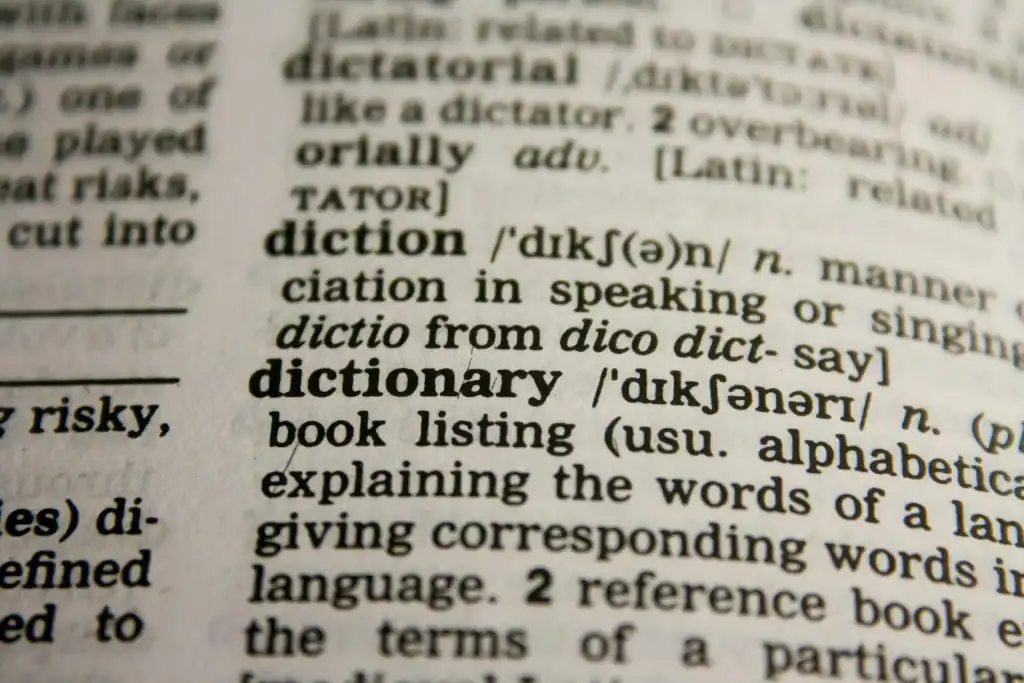Why Intonation Trumps Perfect Conjugation on Real Streets
My first months in Santo Domingo I conjugated verbs flawlessly yet sounded like a Siri beta tester. Taxi drivers squinted: “¿De dónde tú eres, mano?” They weren’t curious about my passport; they were trying to decode my flat, monotone Spanish. Then I discovered shadowing—basically echoing native speech in real time, like singing backup vocals to Shakira. Six weeks later the same taxi drivers nodded, conversation flowed, and one even mistook me for a Venezuelan expat (progress!).
This isn’t a lab manual; it’s the sweaty, earbud‑tangled story of how I turned daily walks into live dubbing sessions and borrowed Caribbean melody without descending into mockery. Grab headphones, a podcast, and maybe a mango (for hydration and symbolism). Let’s shadow.
Scene One: The Embarrassing Monologue That Sparked Change
It started behind a colmado at 7 a.m. I rehearsed tourist phrases for my visiting parents, reading aloud: “Bienvenidos a Santo Domingo, la ciudad más antigua del Nuevo Mundo.” A kid laughed, mimicked my robotic cadence: “BIEN‑ve‑NI‑dos A SAN‑to…” Humiliation became fuel. That night I Googled “how to sound natural in Spanish” and found a polyglot video preaching shadowing. The next dawn I downloaded a six‑minute Dominican news clip and hit play.
What Is Shadowing—Without the Jargon
Shadowing is speaking along with native audio the moment words reach your ear—no pausing, no scripts. Think of it as linguistic surfing: catch sound waves, ride them simultaneously. You’re not translating; you’re copying rhythm, stress, and mouth gymnastics in real time.
My Gear: Nothing Fancy, Just Practical
- Old Earbuds with one bud removed so I hear myself and audio.
- Phone running Pocket Casts set to 0.8× speed at start.
- Sidewalk Loops around Parque Mirador with minimal traffic noise.
- Voice Memos to record 30‑second snippets for self‑cringe review.
Warm‑Up Ritual: Mouth Yoga & Coffee Sips
Before shadowing I stretch mouth like I’m chewing air: exaggerated pa‑ta‑ka sequences, then tongue rolls. Sip hot coffee—relaxes jaw. Neighbors think I’m rehearsing a stand‑up routine; maybe I am.
The First Walk: Trip, Stumble, Laugh, Repeat
Earbud in, play button pressed. Anchor narrates hurricane forecast at machine‑gun speed. I try to copy: “La toRRmenTa tRópical…” Roll the r’s mid‑stride, nearly trip on sidewalk crack. Realize pedestrians hear me; cheeks burn. But each failed syllable is a hammer chiseling monotone marble.
Micro Strategies That Saved My Sanity
1. Shadow in Waves, Not Oceans
I chunked the six‑minute clip into 20‑second waves. Shadow, pause, breathe, rewind. Like interval training—sprints of mimicry followed by brain‑oxygen recovery.
2. Focus on Melody First, Words Second
At first I didn’t care if I mixed huracán with huracánado (made‑up word). Goal: ride pitch rise and fall. Words clarified later, but melody imprint stuck immediately.
3. Use Landmark Sentences as Chorus Lines
The anchor repeated “según la Oficina Nacional de Meteorología.” I looped that line until my tongue autopiloted the stress pattern: se‑GÚN la o‑fi‑CÍ‑na na‑cio‑NAL… Once internalized, other bureaucratic phrases flowed.
Week Two: From News to Netflix—Shadowing Dialogue While Doing Dishes
I switched to “La Casa de Papel” audio in Spanish (not the overdub). Episode 1, Berlin’s monologue—fast but theatrical. I shadowed while scrubbing pans. Spouse wondered why I muttered about “profeSORes y REsistenCIA” over soap suds. Dialogue introduced playful intonation, irony. Dishes sparkled, accent sharpened.
Eavesdropping Ethically: Shadowing Live Conversations in My Head
On the metro I overheard teens debating reggaetón lyrics. I shadowed silently—mouth closed, tongue mapping rhythm internally. No creepy stares, promise. Inner shadowing builds muscle without public weirdness.
Feedback Loop: Recording Scary, but Essential
Every Sunday I recorded one minute of improvisation—describe the park fountain—as if anchoring radio. Then I played original news clip, then my recording. Differences glaring: my stress off, vowels too closed. I jotted notes: “Open ‘a’ like anchor, drop final ‘s’ lightly like locals.” Next week recordings improved; cringe decreased to tolerable level.
Practical Phrases I Shadowed into Daily Life—Real Victories
- “¿Cómo amaneciste?” — How’d you wake up? Shadowed from a morning show host. I used it on neighbors; they replied warmly.
- “¡Ni loco me pierdo esa fiesta!” — No way I’m missing that party! Copied from a Dominican YouTuber. Friends laughed, invited me more often.
- “Oye, eso quedó nítido.” — Hey, that turned out awesome. Learned intonation flick rising at “oye,” used praising a barber’s fade. Barber beamed, gave discount.
Challenges & Work‑arounds
- Speed Demons: News hosts talk at 190 wpm. Solution: start at 0.8× speed, inch to 1× after a week.
- Embarrassment Factor: I picked quiet trails at first; once confidence grew, shadowed near traffic where no one notices.
- Comprehension Gap: Some words unknown. Instead of stopping, I mumbled placeholder syllables to maintain rhythm; Googled meaning later.
Unexpected Side Effect: Vocabulary Retention Boost
Shadowing isn’t rote memorization yet vocabulary sticks because words latch onto melody. Example: “deslizamiento” (landslide) used in weather segment. Two weeks later a bartender mentioned hill slides; I recalled the term effortlessly—tune triggered meaning.
Integrating Shadowing with Other Study Tools (Briefly)
Morning commute: Anki for isolated words. Evening walk: shadowing for prosody. Weekend café: conversation club to deploy both. Accent leaps when systems sync.
Advanced Move: Record Yourself Shadowing, Then Shadow Yourself
Meta but magical. I recorded my best Berlin monologue shadow, then next day shadowed my own recording, exaggerating pitch even more. Like athletes reviewing game tapes, I tweaked micro‑intonation dips. After three cycles, my version nearly matched original waveform (I checked in Audacity—nerd alert).
Friendly Warning: Avoid Caricature
Shadowing aims for authenticity, not parody. I once over‑rolled r’s imitating a Cuban comedian; friends teased, “Eres un mariachi cubano.” Dial back intensity. Listen, match softly, let real voice absorb nuances gradually.
Milestone Moment: Taxi Driver Didn’t Switch to English
Month three, 2 a.m. ride from Malecón. I chatted about bachata star Romeo Santos. Driver engaged fully in Spanish, never asking “Hablas inglés?” Victory tasted sweeter than late‑night chimichurri burger.
Quick Start Guide (Narrative Version, Not Bullets)
Tomorrow morning, pick a two‑minute Spanish podcast—news, comedy, cooking tips. Pop in one earbud, start walking. Whisper along, stumbling, but don’t stop audio. Feel cheeks flush? Congrats—neurons rewiring. At traffic light, replay 30 seconds; shadow louder. Back home, record yourself summarizing clip. Rinse nightly; by day seven, you’ll hear a new cadence hiding inside your old accent.
Epilogue: Shadowing Becomes a Lifestyle, Not a Drill
Now I shadow while frying eggs, waiting in pharmacy lines, even jogging up Mirador hill. Sometimes aloud, sometimes in mind. Intonation now feels less like borrowed costume, more like comfortable sneakers molded to my stride.
If you brave the sidewalk stares, embrace the tongue‑twists, and laugh at failed r‑rolls, shadowing will gift you the invisible passport of sounding local. And when a stranger asks for directions thinking you were born here, you’ll grin and realize: the echo became your own voice.
Que tu sombra lingüística crezca hasta que hable por ti, y que cada paso al compás del audio te acerque al corazón del español. ¡A imitar se ha dicho!



